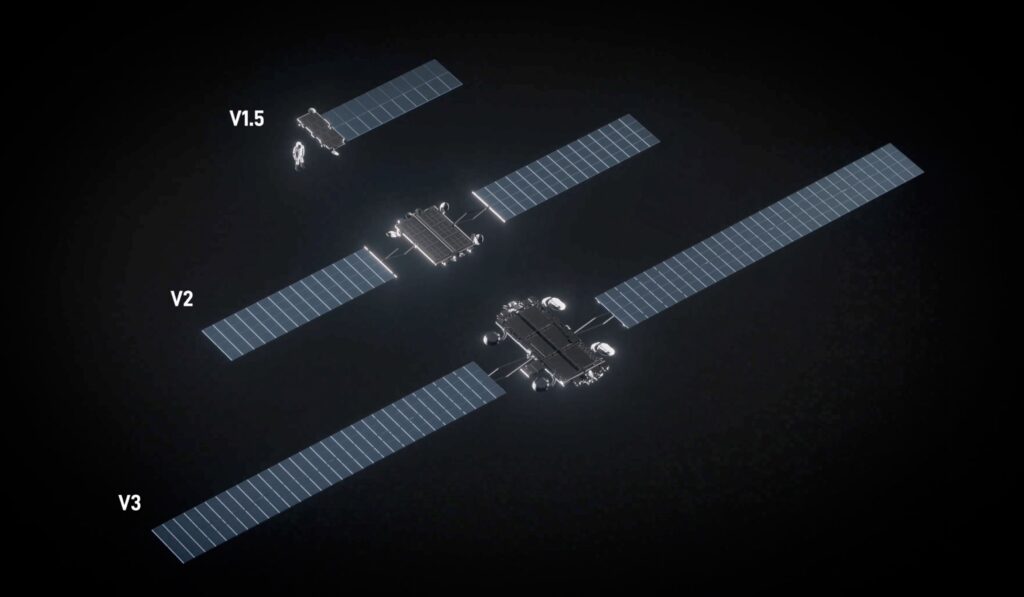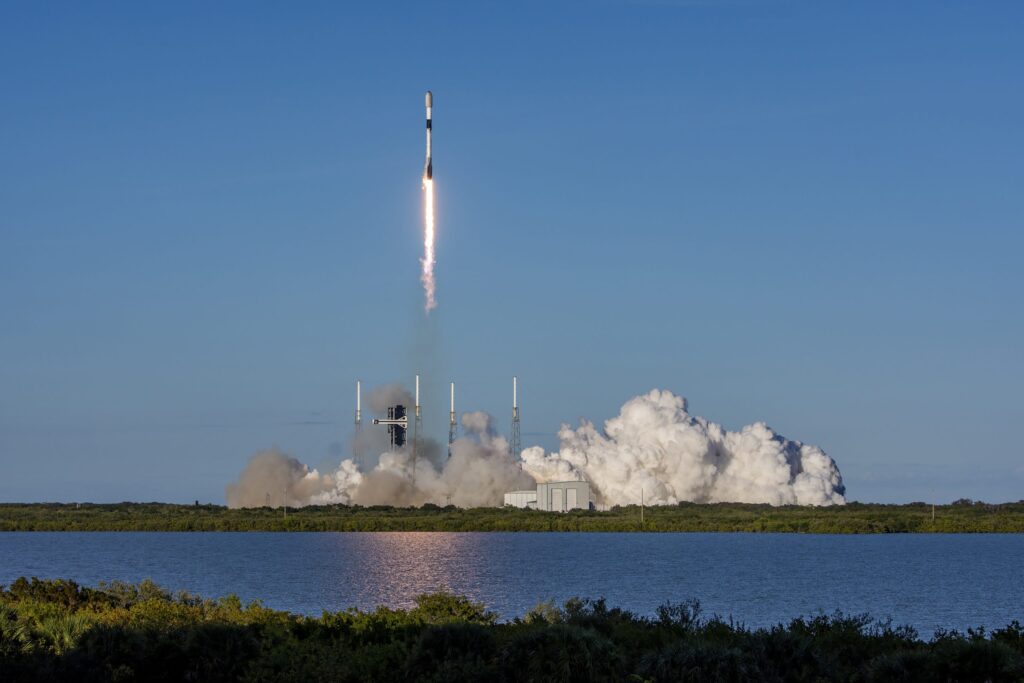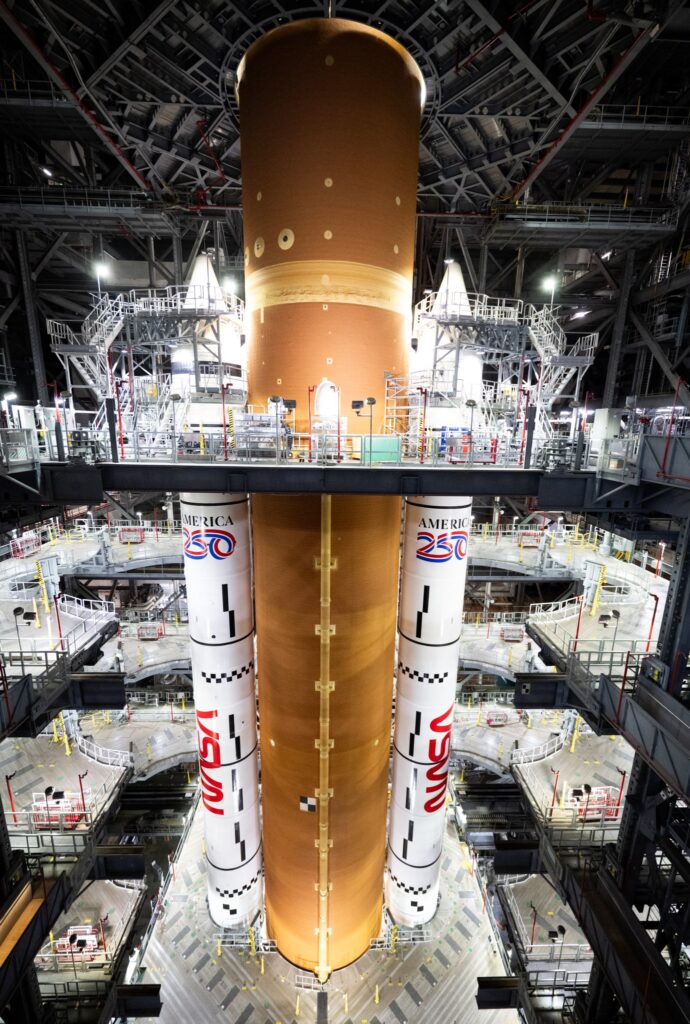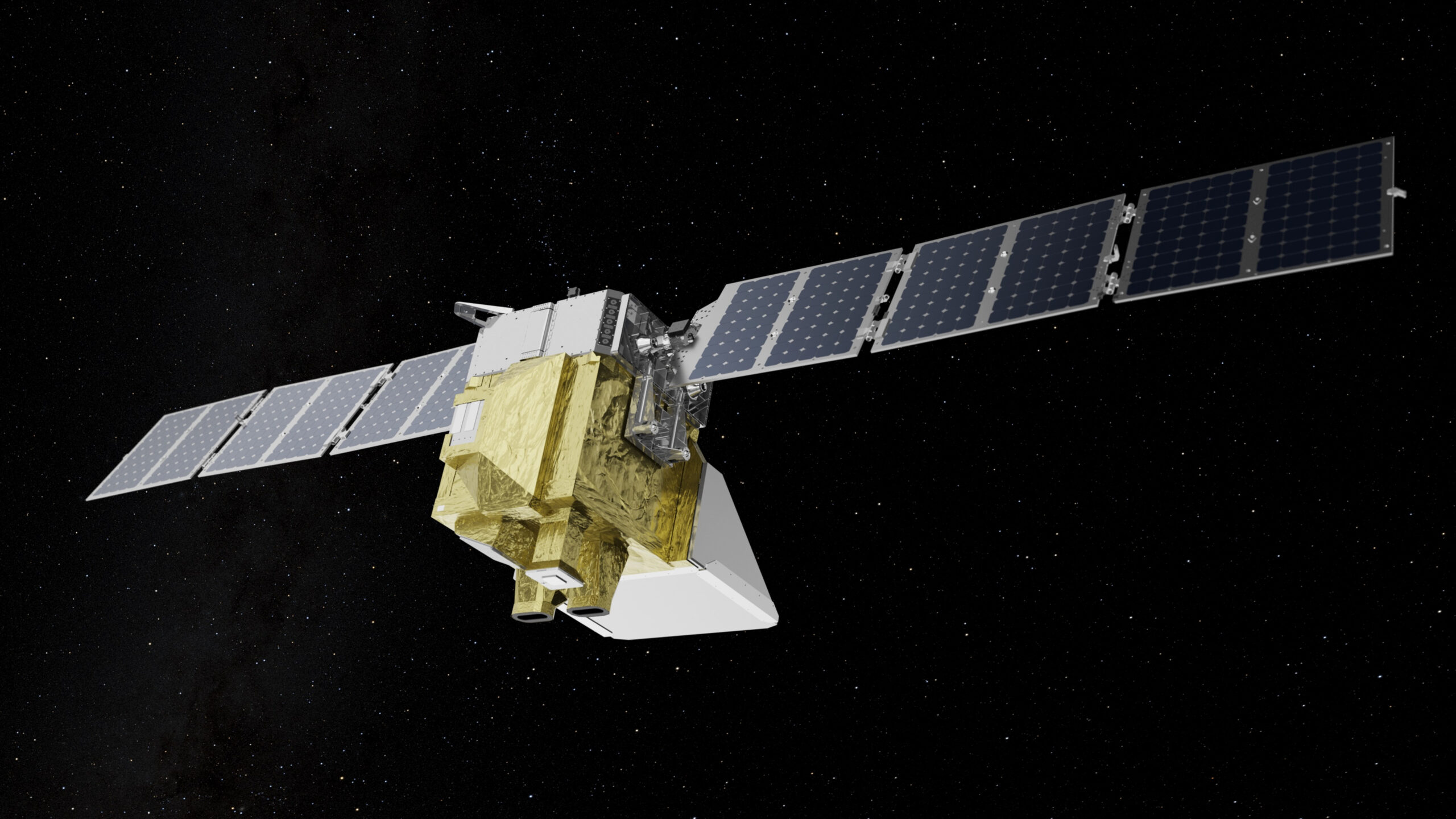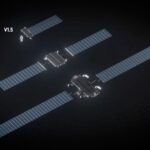Now Reading: DARPA says decreasing launch costs, new analysis led it to cancel DRACO nuclear propulsion project
-
01
DARPA says decreasing launch costs, new analysis led it to cancel DRACO nuclear propulsion project
DARPA says decreasing launch costs, new analysis led it to cancel DRACO nuclear propulsion project

WASHINGTON — A DARPA official said the agency canceled a space nuclear propulsion project it was jointly developing with NASA in part because the effort was overtaken by advances in more conventional systems.
DARPA and NASA had been working on the Demonstration Rocket for Agile Cislunar Operations (DRACO), a joint project the agencies announced in early 2023. DRACO would have tested nuclear thermal propulsion (NTP), where a nuclear reactor heats up a propellant, in this case liquid hydrogen, to generate thrust.
There had been few recent updates on the status of DRACO by either agency until NASA released its fiscal year 2026 detailed budget proposal at the end of May, which zeroed out funding for DRACO. “The request also reflects the decision by our partner to cancel the Demonstration Rocket for Agile Cislunar Operations (DRACO) project,” the document stated, without elaboration.
Asked about the cancellation of DRACO during a recent Mitchell Institute webinar, Rob McHenry, deputy director of DARPA, said the agency “is constantly reevaluating” programs while in development, which included reassessing the reasons for pursuing DRACO.
DRACO, he argued, was started before a “precipitous decrease in launch costs” driven by SpaceX, as well as a belief that NTP was the best approach to serve some national security missions, which he did not identify.
“Over the execution of that program, both of those assumptions started to get weaker and weaker,” he said. “As the launch costs came down, the efficiency gained from nuclear thermal propulsion relative to the massive R&D costs necessary to achieve that technology started to look like less and less of a positive ROI,” or return on investment, he said. “So, the national security operational interest in the technology was decreasing proportionally to that perception.”
A second factor, he said, was a later analysis that favored an alternative technology, nuclear electric propulsion (NEP). That uses a nuclear reactor to generate electricity to power an electric propulsion system. NEP offers far higher efficiencies that NTP, which itself is more efficient than chemical propulsion systems, but with significantly less thrust.
“Nuclear electric is probably a more optimal long-term solution,” he said, both for scientific exploration and national security applications. “That power in the space domain may be the critical enabler as much as the propulsion efficiency.”
McHenry added that DARPA was running into “infrastructure barriers” associated with launching a nuclear reactor, such as the ability to do ground tests. “The understanding of the risks and the challenges of launching a reactor were probably underestimated in the beginning of that program.”
That, he said, turned off the agency regarding DRACO. “We want to do the disruptive tech. We don’t want to go spend massive amounts of money in improving core infrastructure of other government facilities.”
He said DARPA was interested in potential nuclear electric propulsion systems, with agency program managers exploring such opportunities, but offered no other details.
DARPA’s decision to cancel DRACO comes as NASA is proposing to abandon its own nuclear propulsion technologies. The fiscal year 2026 budget proposal removes all funding for both NEP and NTP projects in NASA’s space technology directorate.
“These efforts are costly investments, would take many years to develop, and have not been identified as the propulsion mode for deep space missions,” NASA stated in the budget document. “The nuclear propulsion projects are terminated to achieve cost savings and because there are other nearer-term propulsion alternatives for Mars transit.”
DARPA is not along in shifting its interest from NTP to NEP. In interviews after the White House withdrew his nomination to be NASA administrator, Jared Isaacman said he preferred NEP and said he would have supported its development at NASA had been confirmed.
“Look, nuclear thermal propulsion, I’m not a fan of. I like nuclear electric,” Isaacman said on the “All-In” podcast published June 4. “Nuclear thermal, to test it, you’re spewing radioactive debris here on Earth. It’s not going to go over well with anyone.”
He noted that NTP systems will need to be refueled in space with liquid hydrogen, so “it’s doesn’t really solve your refueling problem.”
A 2021 report by the National Academies, though, was more optimistic about the development of NTP systems for Mars missions than NEP systems, citing a lack of progress on key subsystems needed for NEP. Even NTP, though, would require an “aggressive program” to have a system ready to fly a human Mars mission by the end of the 2030s.
Stay Informed With the Latest & Most Important News
Previous Post
Next Post
-
 01From Polymerization-Enabled Folding and Assembly to Chemical Evolution: Key Processes for Emergence of Functional Polymers in the Origin of Life
01From Polymerization-Enabled Folding and Assembly to Chemical Evolution: Key Processes for Emergence of Functional Polymers in the Origin of Life -
 02Two Black Holes Observed Circling Each Other for the First Time
02Two Black Holes Observed Circling Each Other for the First Time -
 03How New NASA, India Earth Satellite NISAR Will See Earth
03How New NASA, India Earth Satellite NISAR Will See Earth -
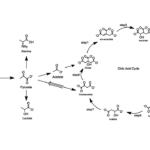 04Thermodynamic Constraints On The Citric Acid Cycle And Related Reactions In Ocean World Interiors
04Thermodynamic Constraints On The Citric Acid Cycle And Related Reactions In Ocean World Interiors -
 05Φsat-2 begins science phase for AI Earth images
05Φsat-2 begins science phase for AI Earth images -
 06Hurricane forecasters are losing 3 key satellites ahead of peak storm season − a meteorologist explains why it matters
06Hurricane forecasters are losing 3 key satellites ahead of peak storm season − a meteorologist explains why it matters -
 07Binary star systems are complex astronomical objects − a new AI approach could pin down their properties quickly
07Binary star systems are complex astronomical objects − a new AI approach could pin down their properties quickly












